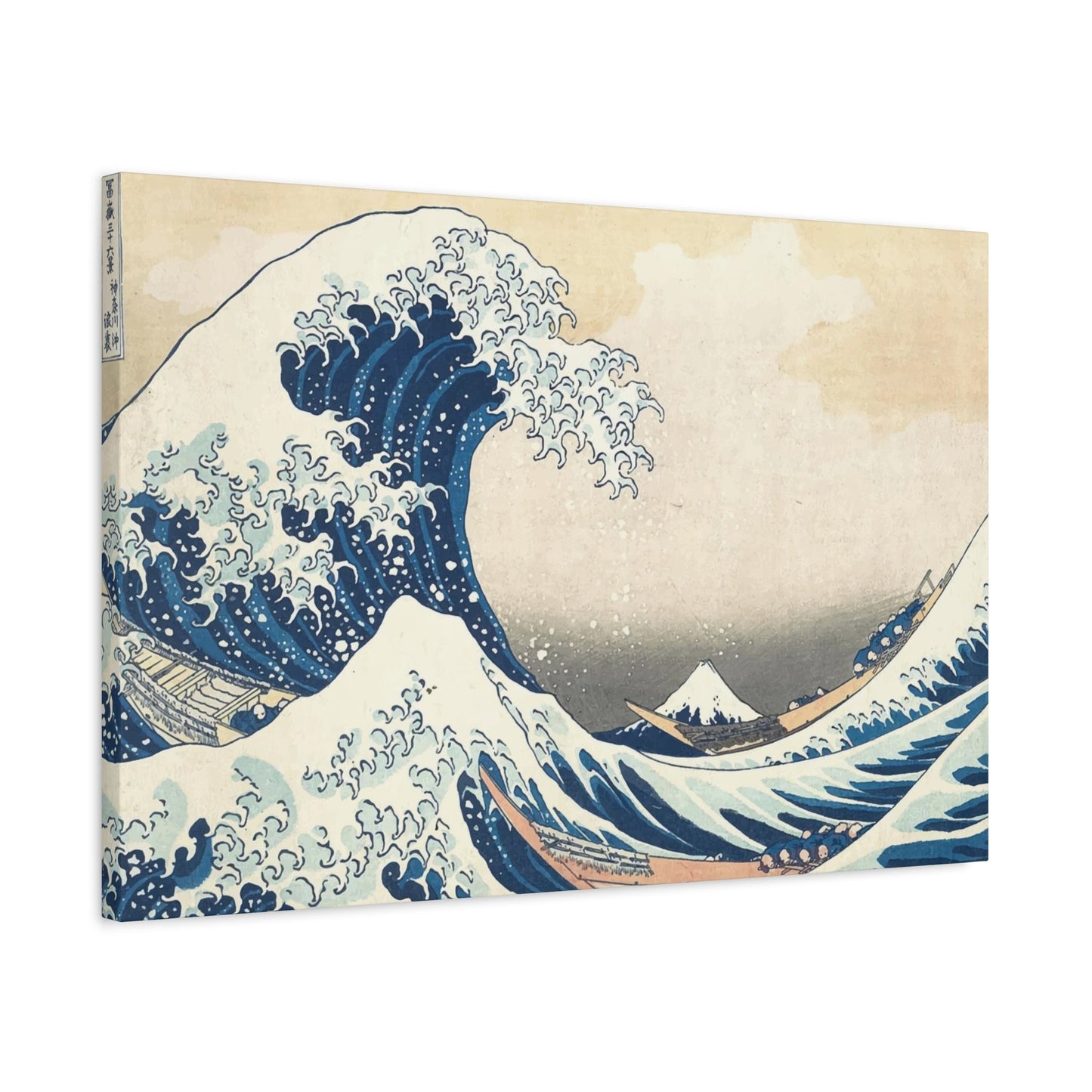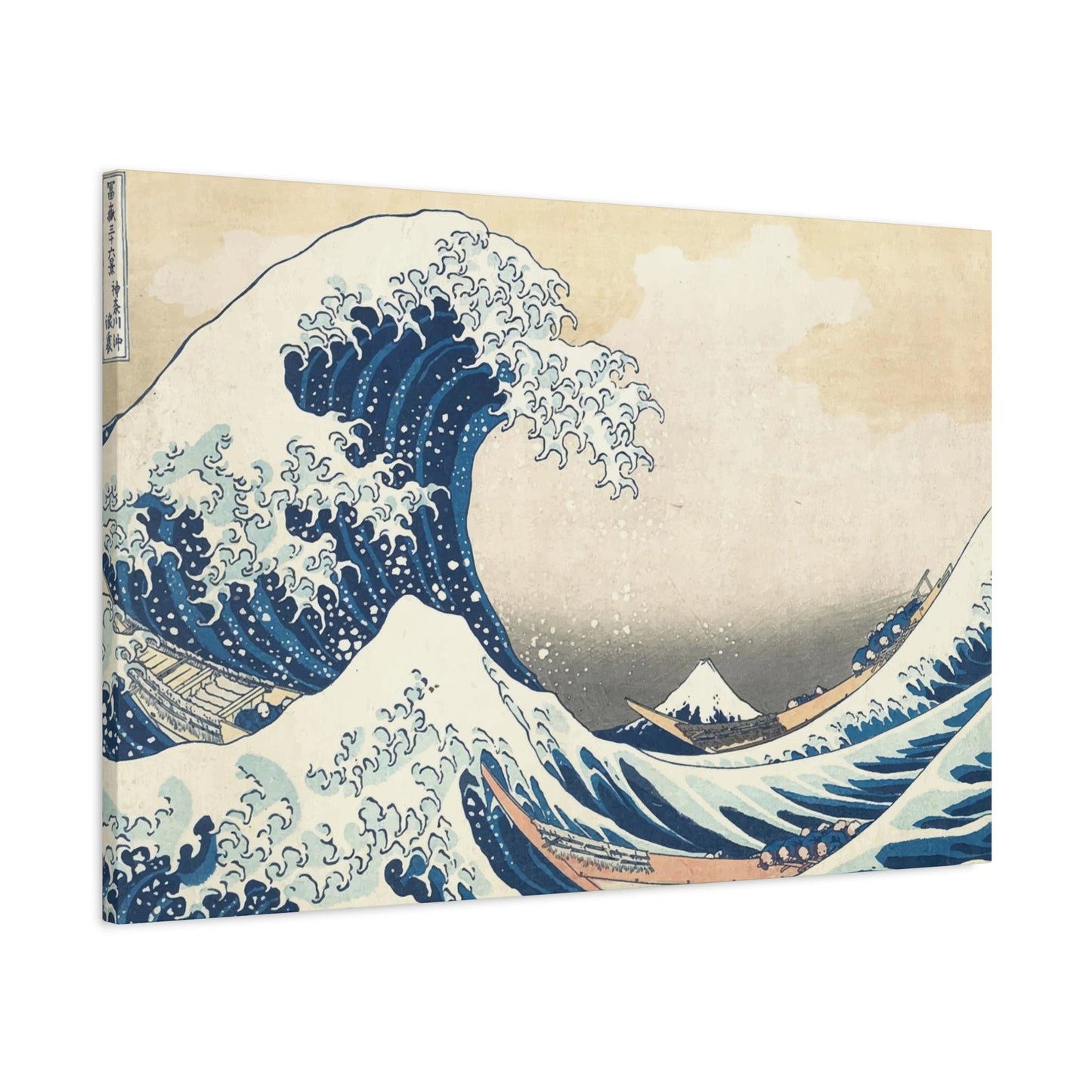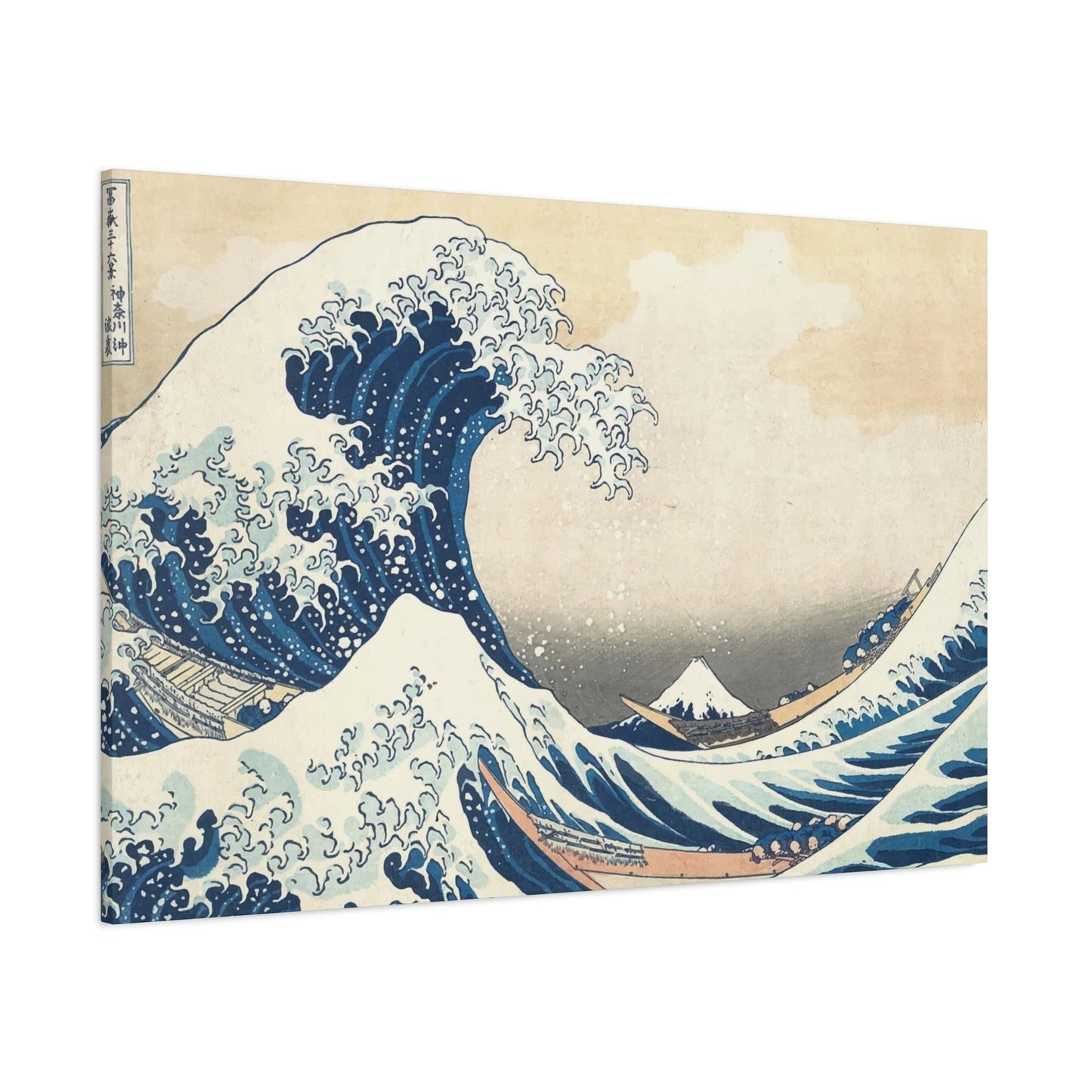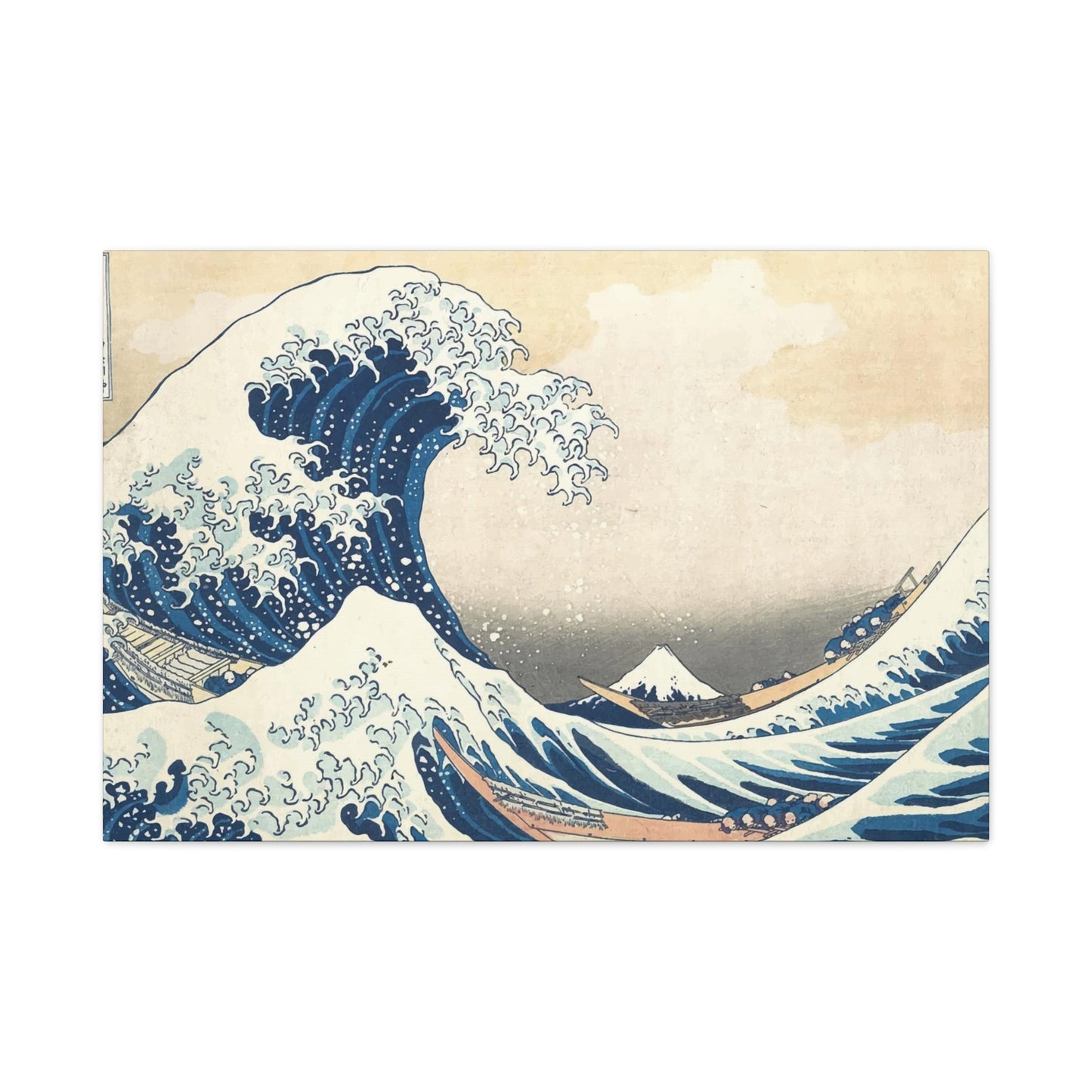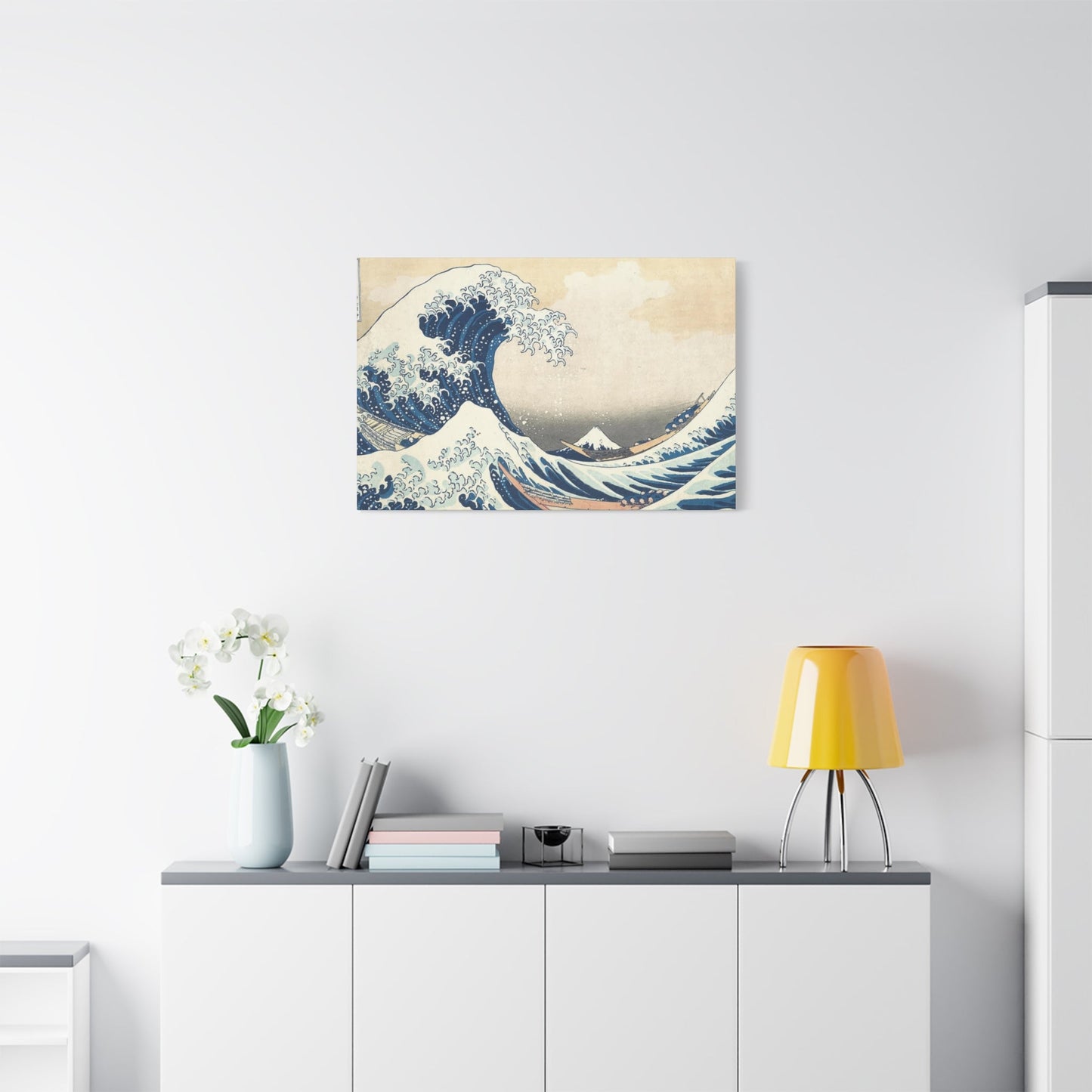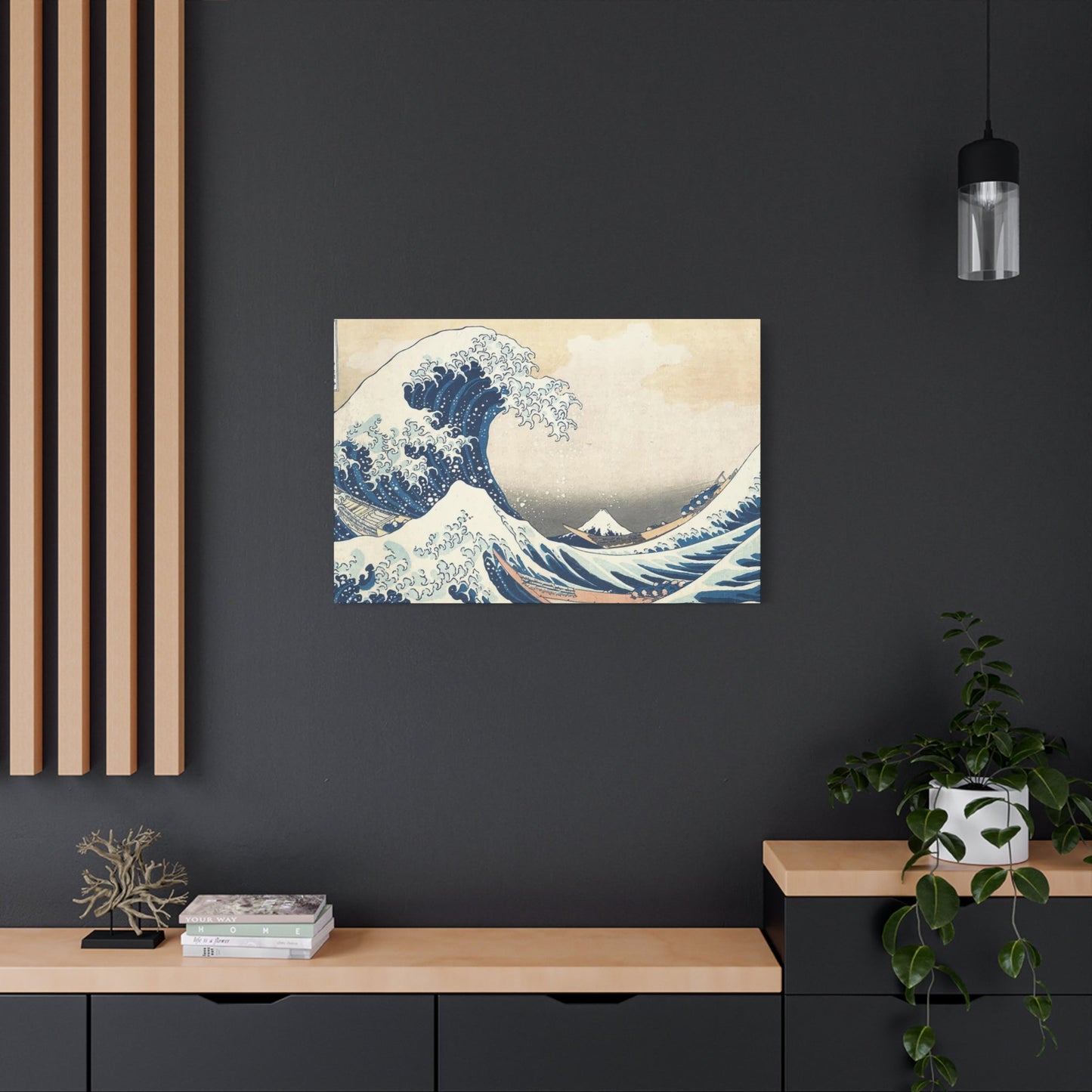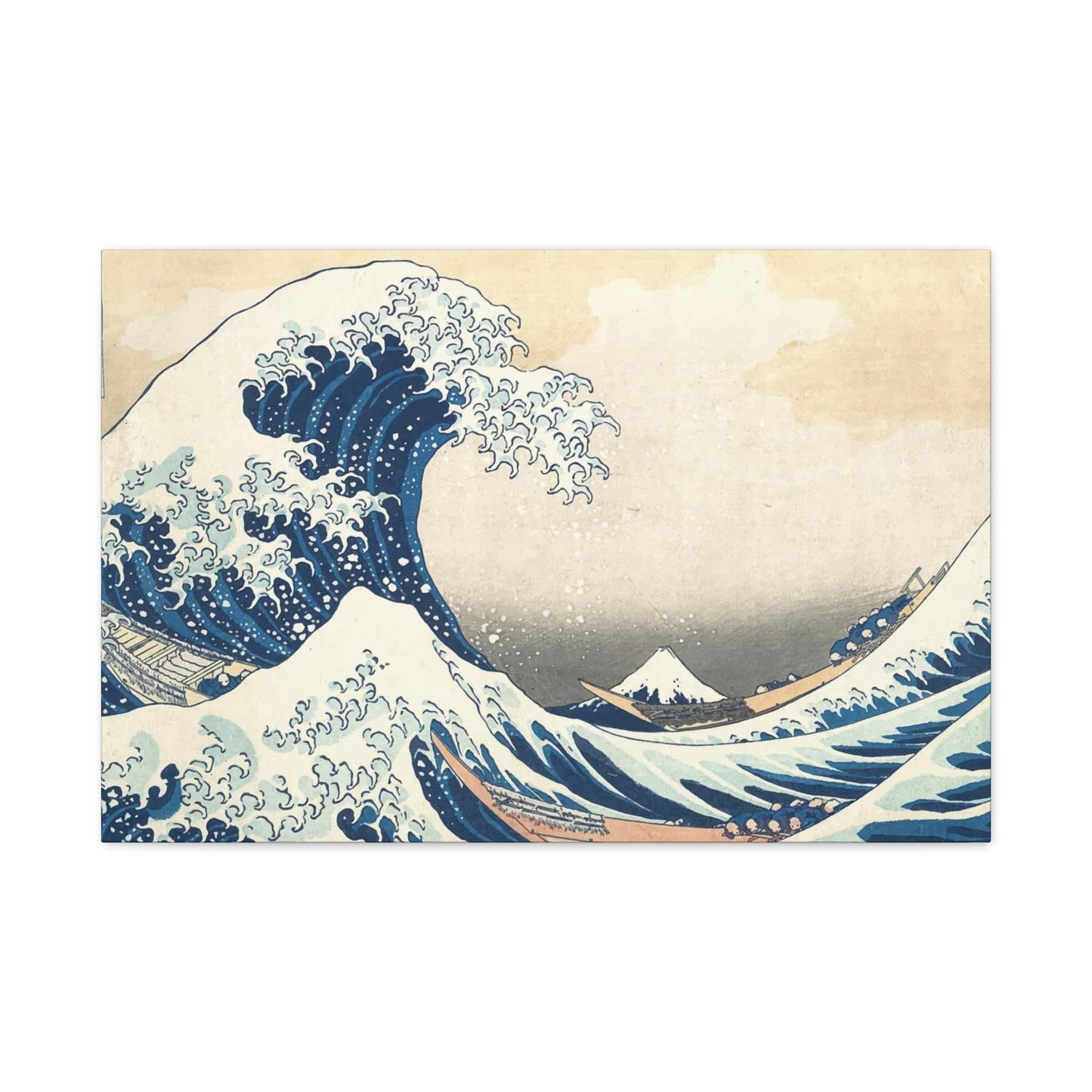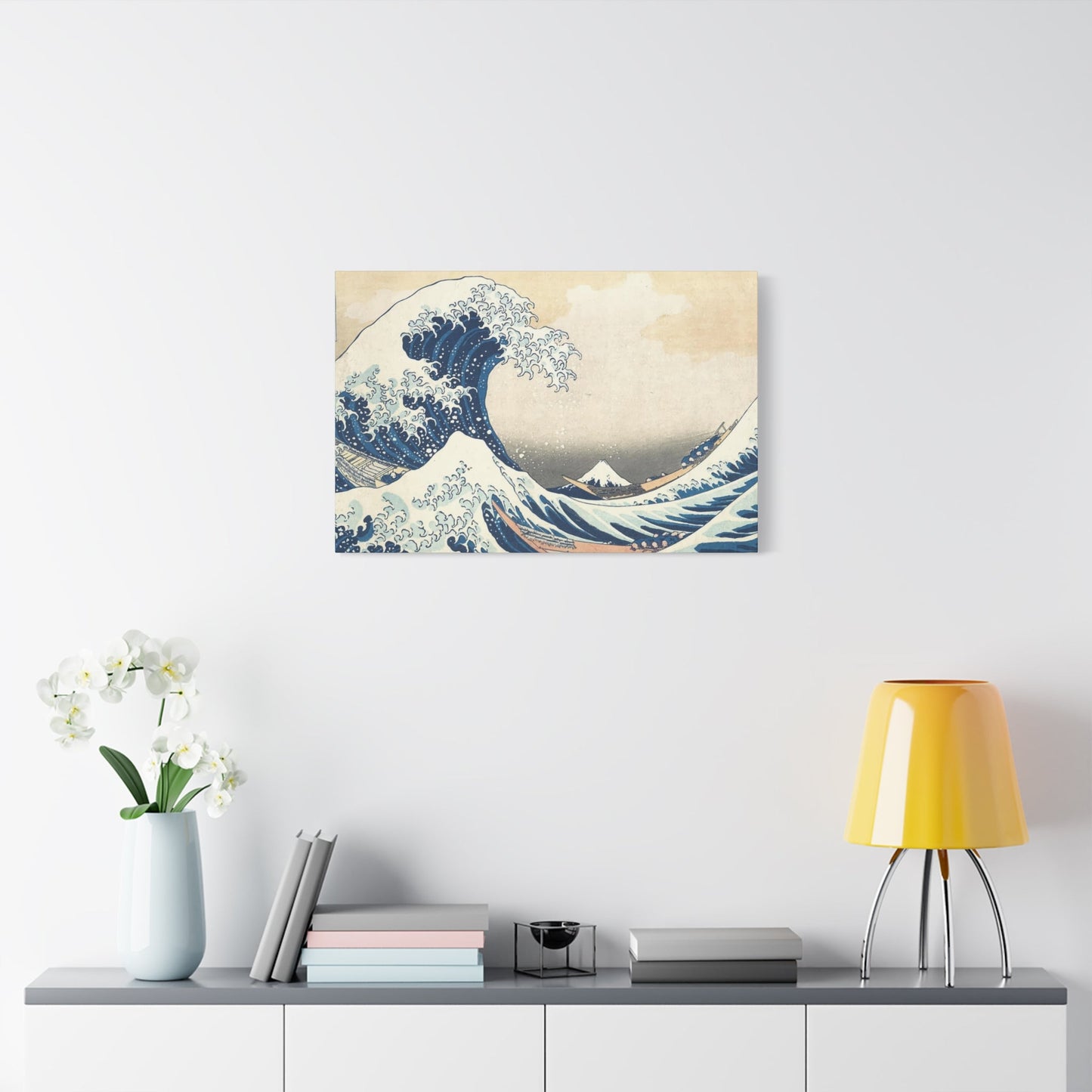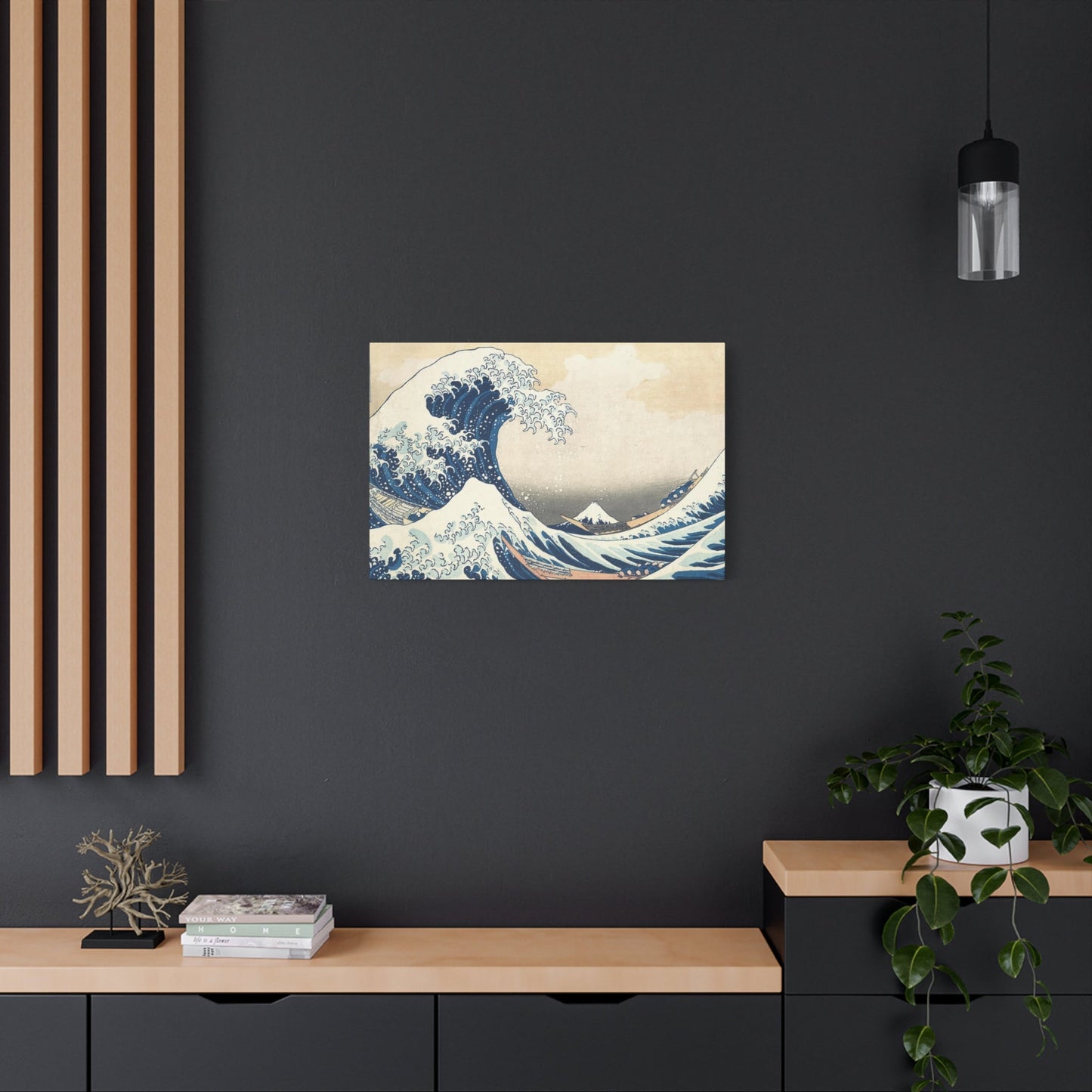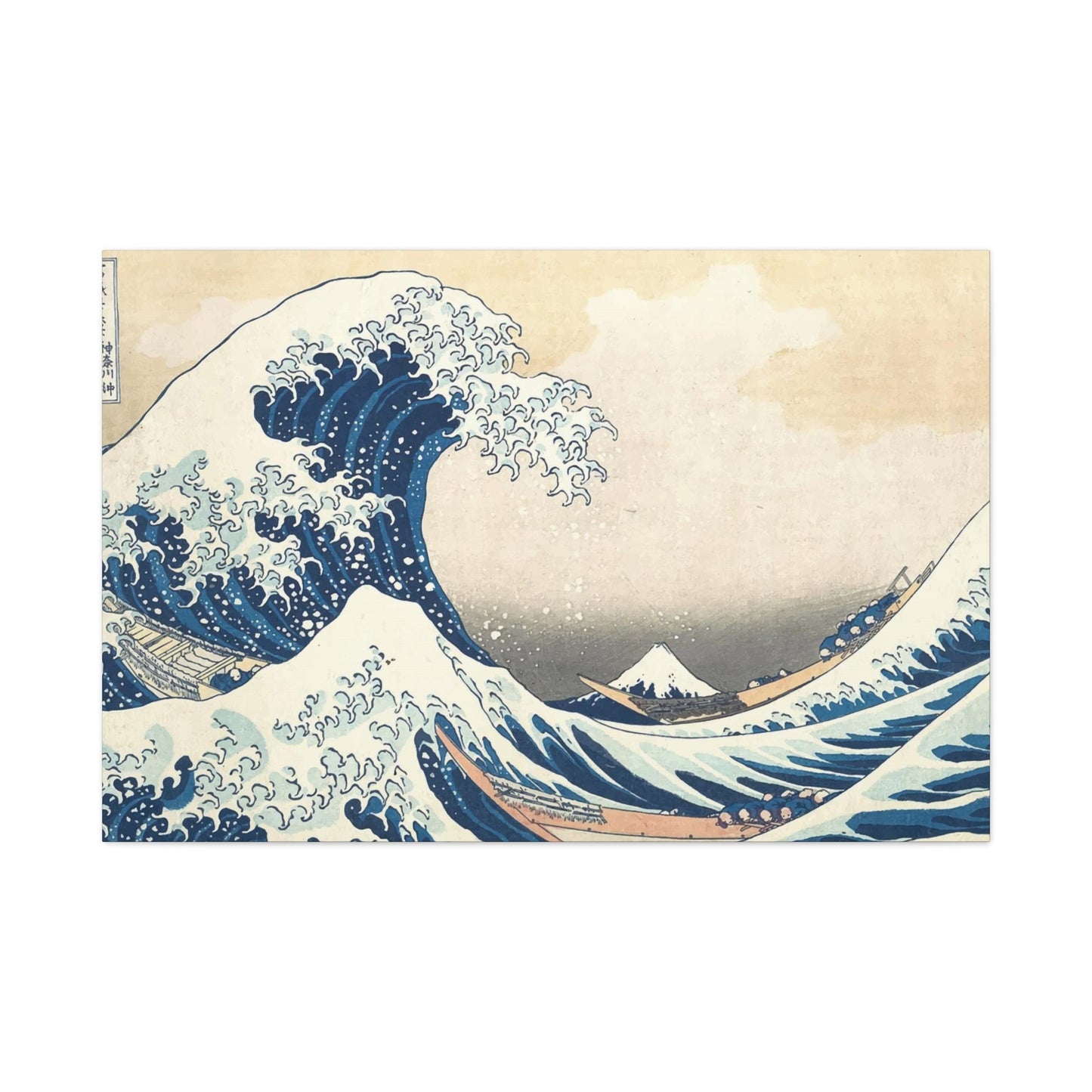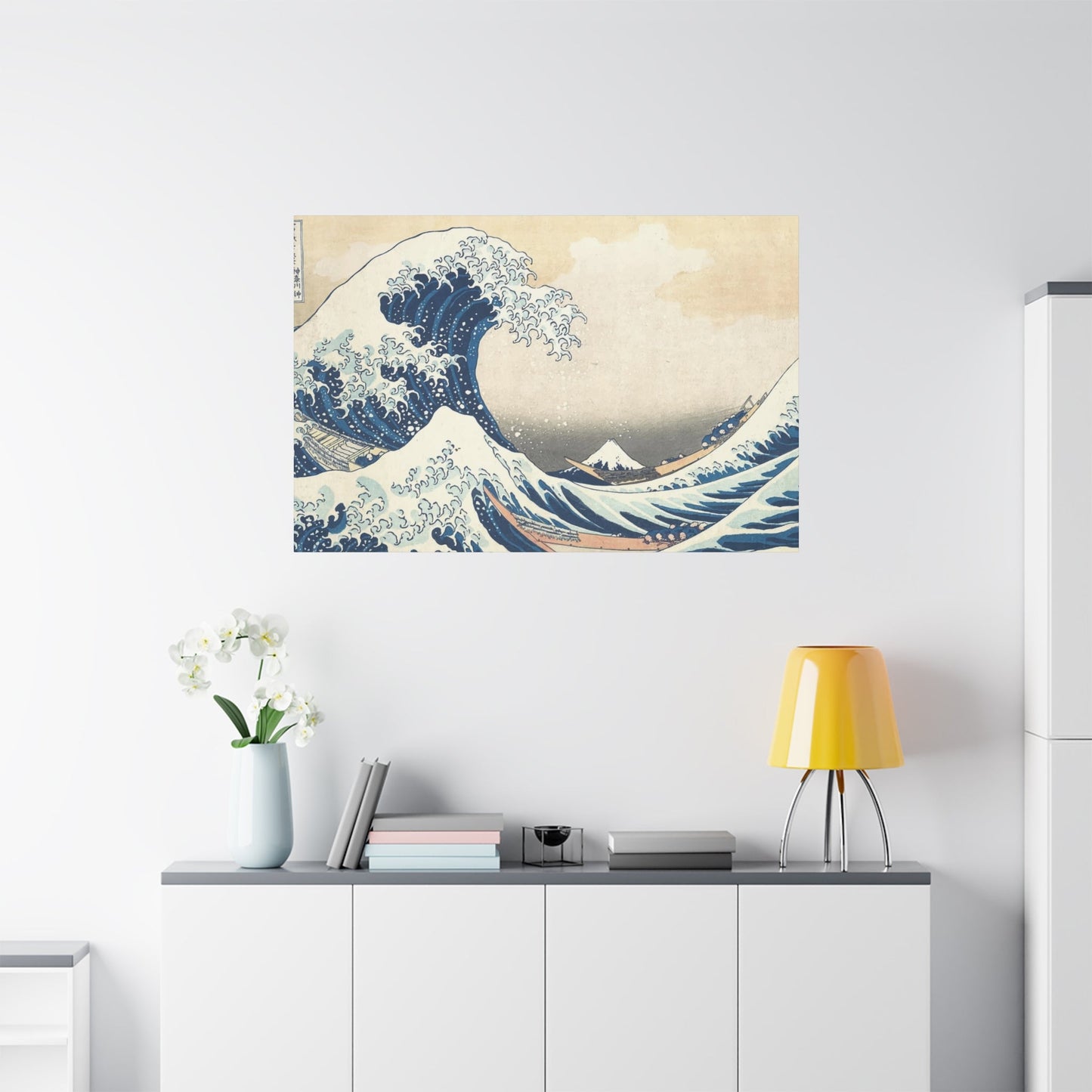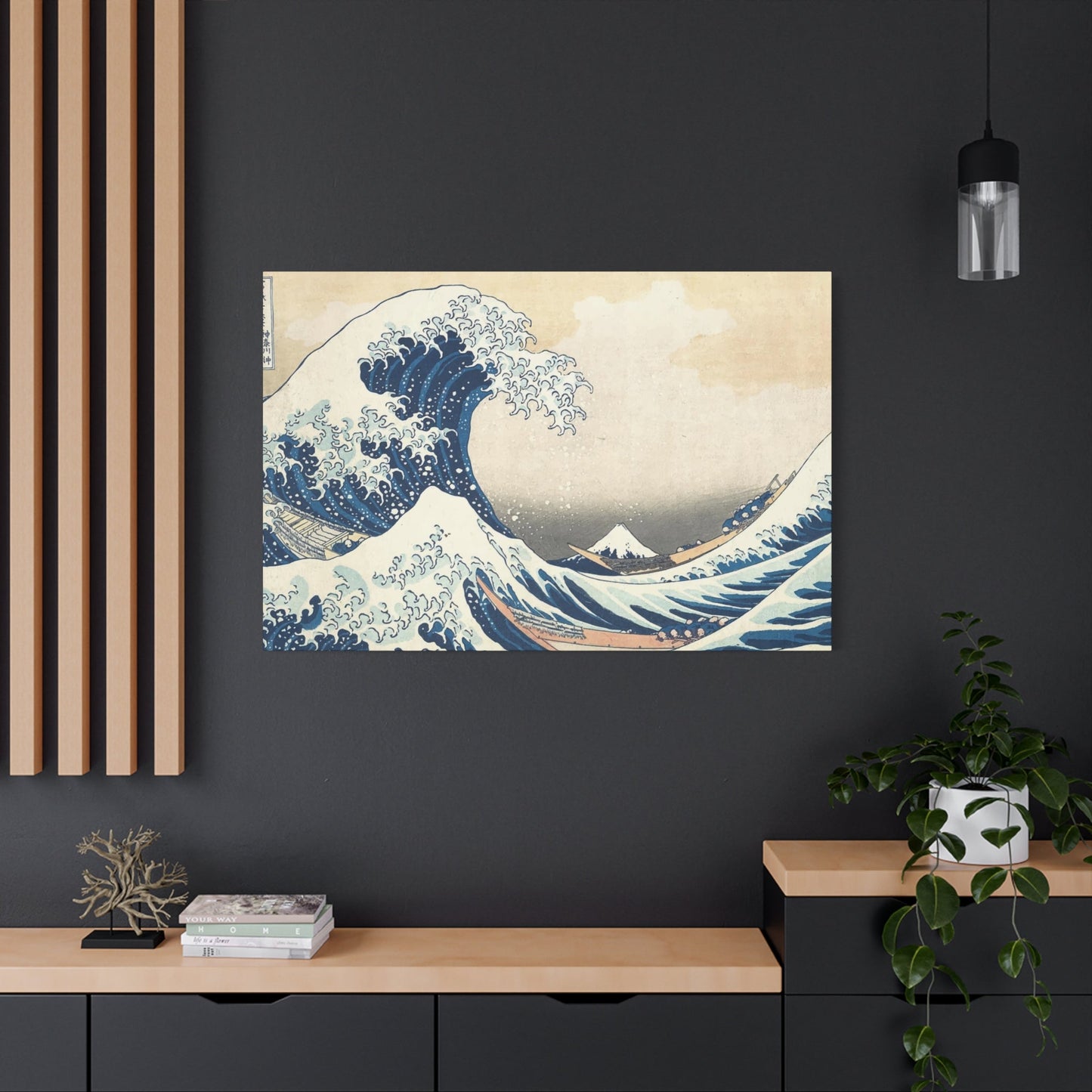Japanese Wall Art: Transform Your Home with Authentic Cultural Masterpieces
The art of Japan has captivated people worldwide for centuries, offering a unique blend of spiritual depth, natural beauty, and cultural richness that transforms any living environment into a sanctuary of tranquility and aesthetic refinement. From the delicate petals of cherry blossoms to the powerful strokes of traditional calligraphy, Japanese artistic traditions provide an endless source of inspiration for those seeking to create meaningful and harmonious home environments. This comprehensive exploration will guide you through the fascinating world of Japanese artistic expressions, helping you understand how to incorporate these timeless elements into your contemporary lifestyle while honoring their cultural significance and artistic integrity.
The influence of Japanese art extends far beyond mere decoration, serving as a bridge between the ancient wisdom of Eastern philosophy and the modern desire for mindful living. Each piece tells a story, whether it depicts the seasonal changes of nature, the spiritual journey of meditation, or the heroic tales of legendary warriors and graceful performers. Understanding these narratives and their cultural context allows homeowners to create environments that not only look beautiful but also carry deeper meaning and emotional resonance.
Throughout this journey, we will explore various artistic traditions, from the world-renowned woodblock printing techniques to the subtle art of landscape painting, examining how each style can contribute to creating environments that promote peace, reflection, and aesthetic appreciation. The goal is not simply to add decorative elements to your walls, but to create a living environment that reflects the Japanese principles of harmony, balance, and respect for natural beauty.
Cherry Blossom Wall Art Ideas
The cherry blossom, or sakura, holds profound significance in Japanese culture, representing the ephemeral nature of life and the beauty found in transient moments. This iconic symbol has inspired countless artistic interpretations, from traditional paintings to contemporary photographic works, each capturing the delicate beauty and philosophical depth associated with these magnificent flowering trees. When considering cherry blossom artwork for your home, you are not simply choosing decoration, but embracing a centuries-old tradition of finding beauty in life's fleeting moments.
Traditional cherry blossom artwork often features soft pink and white petals against subtle backgrounds, creating compositions that evoke feelings of serenity and contemplation. These pieces work exceptionally well in bedrooms and meditation areas, where their gentle presence can promote restful sleep and peaceful reflection. The artistic representation of sakura varies significantly across different periods and artistic schools, with some emphasizing realistic botanical details while others focus on impressionistic interpretations that capture the emotional essence of the blossoming season.
Contemporary interpretations of cherry blossom themes offer exciting possibilities for modern homes, with artists experimenting with abstract representations, mixed media compositions, and innovative color palettes that maintain the spiritual essence while appealing to contemporary aesthetic sensibilities. Photography has also become a popular medium for capturing the beauty of cherry blossoms, with stunning images that freeze the perfect moment of peak bloom, allowing viewers to experience the wonder of sakura season year-round.
The placement of cherry blossom artwork requires careful consideration of lighting and surrounding elements to maximize their visual impact and emotional resonance. Natural lighting enhances the delicate colors and subtle details, while artificial lighting should be warm and gentle to avoid overwhelming the piece's inherent tranquility. Consider grouping cherry blossom pieces with other nature-inspired artwork or minimalist furnishings that allow the artwork to serve as the focal point without competing elements.
Seasonal rotation of cherry blossom artwork can create dynamic visual experiences throughout the year, with different pieces reflecting various stages of the blooming cycle. This approach honors the Japanese appreciation for seasonal change while keeping your home environment fresh and engaging. Consider acquiring pieces that show buds, full bloom, and falling petals to create a complete seasonal narrative that celebrates the full cycle of natural beauty.
The therapeutic benefits of cherry blossom imagery should not be underestimated, as these gentle compositions can significantly impact mood and stress levels. Research has shown that viewing natural imagery, particularly flowers and trees, can reduce anxiety and promote feelings of well-being, making cherry blossom artwork an excellent choice for creating healing environments in bedrooms, bathrooms, or relaxation areas.
Ukiyo-e Prints for Home Decor
Ukiyo-e, literally meaning "pictures of the floating world," represents one of Japan's most internationally recognized art forms, combining masterful woodblock printing techniques with vibrant storytelling that captures the essence of Edo period urban life. These remarkable prints offer contemporary homeowners an opportunity to incorporate authentic Japanese artistic tradition into their living environments while enjoying artwork that has influenced countless Western artists, including Van Gogh, Monet, and Toulouse-Lautrec.
The production process of ukiyo-e involves multiple craftspeople working together to create each print, including the artist who designs the composition, the carver who cuts the wooden blocks, and the printer who applies the colors and creates the final impression. This collaborative approach results in artwork that possesses both individual artistic vision and collective craftsmanship, embodying the Japanese principle of community effort in creating beautiful objects.
Subject matter in ukiyo-e prints varies widely, encompassing everything from famous actors and beautiful courtesans to scenic landscapes and historical events. This diversity allows homeowners to select pieces that resonate with their personal interests while maintaining authentic Japanese artistic tradition. Kabuki theater prints bring dramatic energy to entertainment areas, while landscape prints create peaceful atmospheres in bedrooms or meditation rooms.
The bold lines and vibrant colors characteristic of ukiyo-e prints make them excellent focal points for contemporary homes, where their graphic strength can anchor entire room designs. These prints work particularly well in minimalist settings, where their artistic complexity can be fully appreciated without visual competition. The flat color planes and strong compositional elements also complement modern furniture and architectural features.
Collecting ukiyo-e prints offers the opportunity to develop expertise in Japanese art history while building a meaningful collection that can be passed down through generations. Original prints from famous artists like Hokusai, Hiroshige, and Utamaro are valuable investments, while high-quality reproductions make this art form accessible to broader audiences. Understanding the different periods, schools, and techniques enhances appreciation and helps collectors make informed decisions.
The influence of ukiyo-e on Western art movements, particularly Impressionism and Post-Impressionism, creates interesting possibilities for mixing Japanese prints with Western artwork in eclectic home environments. This cross-cultural dialogue can create sophisticated and intellectually stimulating display arrangements that celebrate both artistic traditions while highlighting their mutual influences and shared aesthetic values.
Conservation considerations are important when displaying ukiyo-e prints, as these delicate artworks are sensitive to light, humidity, and temperature fluctuations. Proper framing with UV-protective glass, controlled lighting, and stable environmental conditions help preserve these valuable pieces for future generations while allowing current owners to enjoy their beauty and cultural significance.
Japanese Calligraphy on Walls
The art of Japanese calligraphy, or shodo, transforms written language into visual poetry, creating artwork that communicates meaning through both literal text and abstract artistic expression. This ancient practice, deeply rooted in Zen Buddhist philosophy and Chinese scholarly traditions, offers contemporary homeowners an opportunity to incorporate profound philosophical concepts and aesthetic beauty into their living environments through carefully selected calligraphic pieces.
Traditional Japanese calligraphy employs four essential tools known as the "Four Treasures of the Study": brush, ink, paper, and inkstone. The quality of each tool affects the final artwork, with master calligraphers often spending years perfecting their relationship with these materials. This intimate connection between artist and medium results in artwork that carries not only visual beauty but also spiritual energy and personal expression.
The selection of text for calligraphic artwork requires careful consideration of both aesthetic and philosophical elements. Popular choices include single characters representing concepts like peace, harmony, or strength, as well as traditional poems, Buddhist sutras, or inspirational phrases. The meaning of the text becomes part of the artwork's impact on the living environment, creating daily reminders of important values and aspirations.
Different calligraphic styles offer varying aesthetic effects, from the flowing curves of cursive script to the bold strength of standard script. Cursive styles create dynamic, expressive compositions that energize rooms, while standard scripts provide stability and clarity that complement minimalist or traditional furnishings. Understanding these stylistic differences helps homeowners select pieces that enhance their desired atmospheric effects.
The size and scale of calligraphic pieces significantly impact their visual presence and emotional effect. Large single-character compositions create powerful focal points that can anchor entire room designs, while smaller pieces work well in intimate settings or as part of gallery wall arrangements. The negative space around calligraphic strokes is as important as the brushwork itself, embodying the Japanese principle of ma, or meaningful emptiness.
Contemporary interpretations of Japanese calligraphy expand the traditional medium into new territories, with artists experimenting with colored inks, mixed media, and innovative presentation formats. These modern approaches maintain the essential spirit of calligraphic practice while appealing to contemporary aesthetic sensibilities, creating bridges between ancient wisdom and modern living.
The meditative aspects of calligraphy viewing parallel the meditative practice of creating calligraphy, offering homeowners opportunities for daily contemplation and stress reduction. The rhythmic flow of brushstrokes and the balanced composition of well-executed calligraphy can promote mental calm and emotional stability, making these pieces particularly valuable in bedrooms, studies, or meditation areas.
Koi Fish Art for Zen Environments
Koi fish have held special significance in Japanese culture for over a thousand years, symbolizing perseverance, courage, and spiritual transformation through their legendary ability to swim upstream against powerful currents and potentially transform into dragons. This rich symbolism makes koi fish artwork particularly meaningful for creating environments dedicated to personal growth, meditation, and spiritual development.
Traditional depictions of koi fish in Japanese art often emphasize their graceful swimming motions and vibrant colors, creating compositions that suggest both movement and tranquility. These paradoxical qualities make koi artwork ideal for environments where people seek both energy and peace, such as home offices, exercise rooms, or meditation areas. The flowing lines of swimming koi can create visual rhythm that guides the eye and promotes relaxation.
The color symbolism of koi fish adds another layer of meaning to artistic representations, with different colored fish carrying specific significance. Black koi represent overcoming obstacles and personal transformation, while golden koi symbolize wealth and prosperity. Red koi are associated with love and passionate relationships, and blue koi represent tranquility and peace. Understanding these color meanings allows homeowners to select artwork that reinforces their personal goals and aspirations.
Contemporary artists have embraced koi fish themes in various media, from traditional brush paintings to modern photography, sculpture, and digital art. This diversity of interpretation allows homeowners to find koi artwork that matches their aesthetic preferences while maintaining the cultural and spiritual significance of these meaningful creatures. Abstract interpretations can be particularly effective in modern homes where literal representations might feel out of place.
The natural habitat of koi fish includes ponds with water plants, rocks, and flowing water, elements that frequently appear in koi artwork to create complete environmental compositions. These natural elements enhance the zen-like qualities of koi pieces, creating artwork that suggests entire peaceful landscapes rather than isolated fish portraits. Such comprehensive compositions can transform rooms into contemplative retreats.
Water features and koi artwork create natural partnerships in home environments, with the sound of flowing water complementing the visual tranquility of koi paintings or prints. This multisensory approach to creating zen environments engages multiple senses and promotes deeper relaxation and meditation. Even small tabletop fountains can enhance the impact of koi artwork significantly.
The placement of koi artwork should consider the natural swimming patterns and directional flow suggested by the composition. Fish swimming toward doorways are traditionally considered auspicious, welcoming positive energy into rooms, while upward-swimming koi symbolize progress and advancement. These traditional beliefs can guide placement decisions while creating visually pleasing arrangements.
Group arrangements of multiple koi pieces can create dynamic wall compositions that suggest the social nature of these fish while building visual complexity over time. Starting with a single significant piece and gradually adding complementary works allows the collection to evolve organically, creating personally meaningful arrangements that tell stories about the collector's journey and aesthetic development.
Samurai and Geisha Wall Prints
The legendary figures of samurai warriors and geisha entertainers represent two contrasting yet complementary aspects of Japanese culture, embodying the dynamic tension between martial strength and refined artistic accomplishment that has fascinated people worldwide for centuries. These iconic figures offer rich subject matter for artwork that brings both historical depth and dramatic visual impact to contemporary home environments.
Samurai artwork typically emphasizes the warrior's dedication to honor, discipline, and martial excellence, with compositions that showcase elaborate armor, powerful weapons, and expressions of fierce determination or stoic resolve. These pieces work particularly well in home offices, exercise rooms, or studies where their inspirational qualities can motivate viewers to pursue their own goals with similar dedication and focus. The geometric patterns of samurai armor and the clean lines of swords create strong visual elements that complement modern architectural features.
Geisha artwork celebrates the refinement of traditional Japanese feminine arts, including dance, music, poetry, and conversation, presenting subjects who embody grace, education, and artistic accomplishment. These elegant compositions enhance bedrooms, dining rooms, or entertainment areas where their sophisticated beauty can create atmospheres of refinement and cultural appreciation. The flowing lines of kimono fabric and the subtle expressions of skilled performers offer visual poetry that enriches daily living experiences.
The historical context of samurai and geisha roles in Japanese society adds educational value to these artistic subjects, creating opportunities for learning about feudal Japanese culture, social structures, and artistic traditions. This educational aspect makes such artwork particularly appropriate for family areas where children can absorb cultural knowledge through daily exposure to meaningful imagery.
Contemporary interpretations of samurai and geisha themes range from traditional woodblock prints to modern photographic portraits, abstract compositions, and mixed media explorations. This diversity allows homeowners to find pieces that match their aesthetic preferences while maintaining connection to these culturally significant figures. Modern treatments can make historical subjects feel relevant to contemporary life.
The color palettes associated with samurai and geisha artwork differ significantly, with warrior pieces often employing bold reds, deep blues, and metallic accents that suggest strength and nobility, while geisha portraits typically feature soft pastels, gold highlights, and the subtle patterns of traditional textiles. Understanding these color traditions helps in coordinating artwork with room designs and creating cohesive visual experiences.
Pairing samurai and geisha artwork creates interesting dialogues about different aspects of Japanese culture, with the contrast between martial and artistic traditions offering viewers opportunities to contemplate the complexity and richness of historical Japanese society. Such pairings work well in larger rooms where multiple pieces can be displayed without crowding.
The dramatic nature of both samurai and geisha subjects makes them excellent conversation pieces that can serve as focal points for social gatherings and cultural discussions. These artworks naturally invite questions about Japanese history and culture, making them valuable additions to homes where cultural exchange and education are priorities.
Japanese Landscape Art
The tradition of Japanese landscape painting has evolved over centuries to capture not just the physical appearance of natural environments but also their spiritual essence and emotional impact on human observers. This artistic approach, deeply influenced by Buddhist and Shinto philosophies, creates artwork that transforms living environments into contemplative retreats where viewers can experience the profound connection between humanity and nature.
Mountain landscapes hold particular significance in Japanese art, with iconic peaks like Mount Fuji serving as symbols of spiritual aspiration and natural permanence. These majestic compositions work exceptionally well in living rooms or entryways where their inspiring presence can greet viewers daily with reminders of natural grandeur and human potential. The strong vertical lines of mountain peaks can also enhance room proportions and create dramatic focal points.
Seasonal landscape variations offer opportunities to create rotating displays that celebrate the changing year and maintain visual freshness in home environments. Spring scenes with blooming flowers, summer compositions featuring lush greenery, autumn landscapes with colorful foliage, and winter views with snow-covered branches each contribute different emotional qualities to living spaces while honoring Japanese appreciation for temporal change.
Water elements frequently appear in Japanese landscape art, from rushing waterfalls and peaceful lakes to flowing streams and ocean waves. These aquatic features add movement and vitality to compositions while symbolizing the flow of life and the cleansing power of nature. Rooms with water-themed landscape art often feel more relaxing and conducive to stress relief and mental clarity.
The technique of suggesting vast spaces through minimal brushwork, known as ma, allows Japanese landscape artists to create compositions that feel expansive despite limited physical dimensions. This artistic approach makes Japanese landscape pieces particularly effective in smaller rooms where they can create illusions of greater space and openness while maintaining intimate scale appropriate to residential settings.
Traditional materials and techniques used in Japanese landscape painting, including ink washes, mineral pigments, and silk or paper supports, contribute to the distinctive aesthetic qualities that make these artworks instantly recognizable. Understanding these technical aspects enhances appreciation and helps viewers distinguish authentic traditional approaches from contemporary interpretations or reproductions.
Modern Japanese landscape artists continue to explore traditional themes while incorporating contemporary perspectives and techniques, creating artwork that bridges historical tradition with current environmental consciousness. These contemporary pieces often address modern concerns about environmental protection and climate change while maintaining the spiritual connection to nature that characterizes classical Japanese landscape art.
The philosophical foundations of Japanese landscape art, particularly the concepts of mono no aware (awareness of impermanence) and wabi-sabi (beauty in imperfection), offer viewers opportunities for contemplation and personal reflection. Artwork that embodies these concepts can promote mindfulness and appreciation for life's fleeting moments, making them valuable additions to meditation rooms or personal retreat areas.
Modern Japanese Wall Art Trends
Contemporary Japanese artists continue to innovate while honoring traditional artistic principles, creating exciting new directions that appeal to international audiences seeking authentic cultural expression combined with modern aesthetic sensibilities. These evolving trends offer homeowners opportunities to participate in living artistic traditions that remain relevant and dynamic in the twenty-first century.
Digital technology has opened new possibilities for Japanese artists, with computer-generated imagery, digital printing, and multimedia installations expanding the boundaries of traditional artistic media. These technological innovations allow for precise color control, unlimited edition sizes, and experimental techniques that would be impossible with traditional methods, making contemporary Japanese art more accessible to global audiences.
Street art and graffiti influences have merged with traditional Japanese motifs to create hybrid styles that appeal to younger generations while maintaining cultural authenticity. These urban-inspired pieces work particularly well in contemporary homes with industrial or minimalist design elements, where their edgy energy can create dynamic focal points without overwhelming cleaner architectural lines.
Environmental themes have become increasingly prominent in contemporary Japanese art, reflecting global concerns about climate change and environmental degradation. These pieces often combine traditional nature motifs with modern materials or techniques to create commentary on the relationship between traditional Japanese reverence for nature and contemporary environmental challenges.
Pop culture influences from anime, manga, and video games have created new artistic vocabularies that reference both traditional Japanese art and global popular culture. These crossover pieces appeal to collectors who appreciate both historical Japanese art and contemporary entertainment media, creating bridges between different audience segments and cultural contexts.
Minimalist approaches that emphasize essential elements while eliminating decorative details align with contemporary architectural trends while honoring Japanese aesthetic principles. These simplified compositions work exceptionally well in modern homes where visual clarity and spatial harmony are priorities, creating artwork that enhances rather than competes with architectural features.
Mixed media experimentation allows contemporary artists to combine traditional materials like ink and paper with modern elements such as acrylic paints, photography, or found objects. This hybrid approach creates textural variety and visual complexity that can add sophistication to contemporary room designs while maintaining connection to Japanese artistic heritage.
International collaboration between Japanese and Western artists has produced cross-cultural works that appeal to global audiences while exploring themes of cultural exchange and artistic dialogue. These collaborative pieces offer unique perspectives on both Eastern and Western artistic traditions, making them particularly appropriate for homes with international sensibilities.
The rise of online galleries and digital marketplaces has made contemporary Japanese art more accessible to international collectors, allowing homeowners worldwide to discover and acquire works directly from Japanese artists. This direct connection creates opportunities for cultural exchange and personal relationships between artists and collectors that enrich the ownership experience.
Mixing Japanese Art with Western Decor
The successful integration of Japanese artwork with Western furnishings and architectural elements requires careful attention to both aesthetic compatibility and cultural sensitivity, creating harmonious environments that celebrate both traditions while avoiding superficial pastiche or cultural appropriation. This thoughtful approach can produce sophisticated and meaningful home environments that reflect global cultural appreciation.
Color coordination provides the foundation for successful cultural mixing, with neutral palettes serving as bridges between different artistic traditions. Japanese artwork often features subtle earth tones, muted pastels, and natural pigments that complement Western furniture in similar color ranges, creating visual cohesion that allows both traditions to coexist gracefully.
Scale relationships become particularly important when combining artworks from different cultural traditions, as Japanese pieces often emphasize different proportional relationships than Western art. Large-scale Japanese landscapes can anchor Western furniture arrangements, while smaller traditional pieces work well as accents that add cultural dimension without overwhelming other decorative elements.
Textural contrasts between smooth Western surfaces and the organic textures of traditional Japanese materials can create interesting visual dialogues that enhance both artistic traditions. Pairing silk Japanese scrolls with leather Western furniture, or rough wooden Japanese frames with polished metal Western accessories can produce sophisticated layered effects.
Lighting design plays a crucial role in displaying mixed cultural collections, as different artistic traditions may require different illumination approaches. Japanese artwork often benefits from softer, more diffused lighting that mimics traditional paper lanterns, while Western pieces may require more direct illumination to reveal color and detail accurately.
Architectural integration requires consideration of how Japanese artistic principles can enhance Western room layouts and furniture arrangements. The Japanese concept of ma, or meaningful negative space, can improve Western room designs by creating breathing room around furniture and artwork, resulting in more visually peaceful and psychologically comfortable environments.
Philosophical compatibility between Japanese and Western artistic traditions can create deeper meaning in mixed collections, with both cultures sharing appreciation for natural beauty, human creativity, and spiritual expression. Highlighting these shared values through thoughtful artwork selection and display creates collections that transcend cultural boundaries.
Seasonal rotation strategies can honor Japanese appreciation for temporal change while accommodating Western preferences for variety and freshness. Alternating between different cultural themes throughout the year creates dynamic home environments that remain interesting and engaging over time.
Educational opportunities arise naturally from mixed cultural displays, as guests and family members encounter unfamiliar artistic traditions alongside familiar ones. This exposure can promote cultural understanding and appreciation while creating conversation opportunities that enrich social interactions in the home environment.
Woodblock Prints as Wall Art
The ancient art of woodblock printing represents one of Japan's most technically sophisticated and aesthetically refined artistic traditions, producing images of remarkable clarity, color richness, and compositional complexity through purely manual processes that require years of training to master. These extraordinary prints offer contemporary homeowners access to authentic traditional Japanese art with historical significance and exceptional craftsmanship quality.
The technical process of woodblock printing involves multiple stages, each requiring specialized skills and careful attention to detail. Artists first create detailed drawings that serve as guides for carvers who cut separate wooden blocks for each color in the final composition. Printers then apply water-based pigments to each block and press handmade papers to create the final impressions, with registration marks ensuring precise alignment of multiple colors.
Subject matter in traditional woodblock prints encompasses the full range of Japanese life and culture, from historical events and legendary figures to everyday scenes and natural phenomena. This diversity allows collectors to select pieces that reflect their personal interests while ensuring authentic cultural content, whether they prefer dramatic action scenes, peaceful landscapes, or intimate domestic moments.
The collaborative nature of woodblock printing creates unique relationships between artists, carvers, and printers, with each contributor bringing specialized expertise to the final product. This teamwork approach reflects important Japanese cultural values about collective effort and shared responsibility, making these prints particularly meaningful for homes that value cooperation and community.
Color development in traditional woodblock printing relies on mineral and vegetable pigments that produce distinctive hues and subtle variations impossible to achieve with modern printing technologies. These organic colors age gracefully, developing patina and character over time that enhances rather than diminishes the artwork's appeal and value.
Contemporary woodblock artists continue to explore traditional techniques while developing personal styles and addressing modern themes, creating new works that honor historical methods while remaining relevant to current audiences. These contemporary pieces offer collectors opportunities to support living artists while acquiring artwork that bridges traditional and modern sensibilities.
The investment potential of quality woodblock prints, particularly works by recognized masters or limited edition contemporary pieces, makes them attractive to collectors who appreciate both aesthetic beauty and financial value. Understanding the factors that influence print values, including artist reputation, condition, rarity, and provenance, helps collectors make informed acquisition decisions.
Conservation requirements for woodblock prints include protection from direct sunlight, humidity control, and proper framing with acid-free materials and UV-filtering glazing. These preservation measures ensure that prints remain in excellent condition for future generations while allowing current owners to display and enjoy them safely.
Display strategies for woodblock prints should consider both individual piece impact and collection development over time, with arrangements that allow for growth and rearrangement as collections evolve. Starting with carefully selected key pieces and gradually adding complementary works creates dynamic displays that tell developing stories about cultural appreciation and aesthetic growth.
Nature Themes in Japanese Art
The profound connection between Japanese artistic tradition and natural observation has produced countless masterworks that capture not only the physical appearance of plants, animals, and landscapes but also their spiritual significance and emotional resonance in human experience. This deep appreciation for natural beauty offers contemporary homeowners opportunities to bring the healing power of nature indoors through authentic artistic representations.
Seasonal awareness permeates Japanese nature art, with artists traditionally creating works that celebrate specific times of year and the particular beauty associated with each season. This temporal sensitivity allows homeowners to create rotating displays that maintain connection with natural cycles while keeping home environments fresh and seasonally appropriate throughout the year.
Plant imagery holds special significance in Japanese culture, with different species carrying symbolic meanings that add layers of interpretation to artistic representations. Pine trees symbolize longevity and endurance, bamboo represents flexibility and strength, while plum blossoms indicate perseverance and hope. Understanding these symbolic associations helps homeowners select artwork that reinforces personal values and aspirations.
Bird and animal subjects in Japanese art often represent specific virtues or spiritual qualities, with cranes symbolizing longevity, turtles representing wisdom, and butterflies suggesting transformation and renewal. These meaningful creatures can add positive symbolism to home environments while providing beautiful natural imagery that connects indoor living with the broader world of nature.
Water themes appear frequently in Japanese nature art, from powerful ocean waves to gentle streams and peaceful ponds, each water representation carrying specific emotional and spiritual associations. Ocean scenes suggest power and persistence, streams indicate flow and change, while still water represents peace and reflection, allowing homeowners to select water themes that match their desired atmospheric effects.
Insect subjects, while less common in Western art, play important roles in Japanese nature painting, with butterflies, dragonflies, and crickets receiving careful artistic attention. These small creatures often symbolize summer abundance, transformation, or the fleeting nature of life, adding subtle philosophical depth to nature compositions.
Rock and mineral formations in Japanese nature art represent stability, endurance, and the fundamental structures that support all life. These geological elements provide visual anchors in compositions while suggesting the deep time scales and natural processes that shape the world, making them particularly appropriate for meditation rooms or study areas.
The integration of human figures with natural elements in Japanese art creates compositions that explore the relationship between humanity and the environment, often showing people in harmony with natural settings rather than dominating them. These integrated compositions can inspire viewers to consider their own relationships with nature and environmental responsibility.
Contemporary environmental consciousness has renewed interest in traditional Japanese nature themes, with modern viewers finding relevance in artistic traditions that have always celebrated natural beauty and encouraged harmony between human activities and environmental preservation. This contemporary relevance makes traditional nature themes particularly appealing to environmentally conscious homeowners.
Bold vs. Subtle Japanese Prints
The spectrum of visual impact in Japanese prints ranges from dramatically bold compositions that command immediate attention to subtly understated works that reveal their beauty through contemplation and close observation. Understanding these different approaches helps homeowners select pieces that match their personality, room function, and desired atmospheric effects while honoring the authentic artistic traditions that inform both styles.
Bold Japanese prints often feature high contrast color combinations, dramatic subject matter, and dynamic compositional arrangements that create immediate visual impact. These powerful pieces work exceptionally well as focal points in large rooms, entryways, or entertainment areas where their dramatic presence can energize the environment and create memorable impressions for visitors.
Subtle prints emphasize refined color relationships, gentle gradations, and quiet subject matter that invites closer inspection and longer contemplation. These peaceful compositions enhance bedrooms, meditation areas, or reading nooks where their calming influence can promote relaxation and mental clarity without overwhelming viewers with excessive visual stimulation.
The cultural contexts for bold and subtle approaches reflect different aspects of Japanese aesthetic philosophy, with bold works often connected to popular entertainment traditions like kabuki theater and urban life, while subtle pieces typically derive from aristocratic court traditions and religious art that emphasized refinement and spiritual contemplation.
Compositional strategies differ significantly between bold and subtle approaches, with bold prints often employing dramatic diagonal lines, strong focal points, and high contrast elements that guide viewer attention immediately to key features. Subtle prints rely on gentle curves, distributed visual weight, and harmonious color relationships that encourage comprehensive viewing of the entire composition.
Subject matter selection influences whether prints appear bold or subtle, with dramatic historical events, powerful natural phenomena, and dynamic human activities naturally creating bold visual effects. Peaceful landscapes, quiet domestic scenes, and contemplative subjects tend to produce subtler atmospheric effects regardless of technical execution.
Color palette choices provide primary tools for creating bold or subtle effects, with bright reds, deep blues, and high contrast combinations naturally creating bold impressions, while earth tones, muted pastels, and closely related hues produce subtler visual experiences. Understanding these color relationships helps in selecting pieces that match intended room atmospheres.
Technical execution can make the same subject appear either bold or subtle, depending on line quality, color intensity, and compositional emphasis. Master artists often demonstrate their versatility by creating both approaches to similar themes, showing how artistic technique can dramatically alter visual impact and emotional effect.
Room size and lighting conditions influence whether bold or subtle prints work most effectively in specific locations, with larger rooms and bright lighting often requiring bolder pieces to maintain visual presence, while smaller, dimly lit areas may benefit from subtler works that won't overwhelm the limited available space.
Personal preference and lifestyle factors should guide selection between bold and subtle approaches, with active, social personalities often gravitating toward bold pieces that reflect their energy levels, while contemplative, introspective individuals may prefer subtle works that support their reflective nature and desire for visual peace.
Japanese Art for Meditation Rooms
Creating effective meditation environments requires careful attention to visual elements that support mental calm, spiritual focus, and contemplative states, making the selection and placement of Japanese artwork particularly important in rooms dedicated to mindfulness practice and personal reflection. The centuries-old connection between Japanese art and meditative traditions provides valuable guidance for creating contemporary meditation rooms.
Traditional Buddhist art offers numerous subjects specifically designed to support meditation practice, including representations of the Buddha in various poses, mandalas that provide focal points for contemplation, and symbolic imagery that encourages specific types of spiritual reflection. These traditional pieces carry the accumulated spiritual energy of centuries of meditative use while providing authentic cultural connections to established wisdom traditions.
Natural imagery holds special significance in meditation room design, with landscapes, water scenes, and plant studies providing connections to the natural world that can ground meditation practice and provide respite from urban stress. Japanese artists have traditionally excelled at capturing the essential spirit of natural phenomena, creating artwork that serves as windows to peaceful outdoor environments.
Calligraphic pieces featuring inspirational texts, Buddhist teachings, or meaningful single characters can provide daily reminders of important spiritual principles and personal aspirations. These text-based artworks work particularly well in meditation rooms where their messages can be contemplated regularly and internalized over time through repeated viewing.
Color considerations for meditation room artwork should emphasize calming, neutral tones that won't distract from inner focus or create visual tension. Traditional Japanese colors like subtle grays, soft browns, and muted greens create peaceful atmospheric effects that support rather than compete with meditation practice.
Scale relationships in meditation rooms require careful balance between pieces large enough to provide visual anchors and small enough not to overwhelm the intimate atmosphere needed for contemplative practice. Medium-sized pieces often work best, providing sufficient presence without dominating the limited space typically available for dedicated meditation areas.
Lighting design for meditation room artwork should be gentle and adjustable, allowing for different illumination levels appropriate to various times of day and types of practice. Natural lighting is preferable when possible, with artificial lighting designed to mimic the soft, diffused quality of traditional paper lanterns.
Placement strategies should consider both the practical requirements of meditation practice and the traditional principles of Japanese composition that emphasize balance, harmony, and meaningful negative space. Artwork should be positioned where it can be viewed comfortably from meditation seating without requiring neck strain or awkward positioning.
Symbolic content in meditation room artwork can provide ongoing inspiration and guidance for practitioners, with traditional symbols like the lotus representing spiritual growth, circles suggesting completeness and unity, and mountain imagery indicating stability and aspiration. Understanding these symbolic meanings helps in selecting pieces that reinforce personal spiritual goals.
Seasonal considerations allow meditation room artwork to change periodically, maintaining freshness and providing opportunities to explore different aspects of spiritual practice throughout the year. This rotation approach honors Japanese appreciation for temporal change while preventing visual stagnation in frequently used meditation environments.
Iconic Japanese Motifs in Decor
The rich vocabulary of traditional Japanese motifs provides contemporary homeowners with numerous symbolic and aesthetic options for incorporating authentic cultural elements into their living environments while understanding the deeper meanings and historical contexts that give these design elements their enduring appeal and significance.
The rising sun motif, central to Japanese national identity and artistic tradition, symbolizes hope, renewal, and the beginning of new possibilities. This powerful image works particularly well in east-facing rooms where morning light can enhance its symbolic meaning, or in areas dedicated to new projects and fresh beginnings like home offices or creative studios.
Wave patterns, made internationally famous by Hokusai's Great Wave, represent the dynamic power of nature and the cyclical patterns of change that govern all existence. These flowing designs create visual movement that can energize static room arrangements while suggesting the constant flow of energy and transformation that characterizes healthy living environments.
Geometric patterns derived from traditional textile designs, architecture, and decorative arts provide structured visual elements that can coordinate with contemporary furnishings while maintaining authentic Japanese aesthetic principles. These repeating motifs work well as background patterns or accent elements that add cultural depth without overwhelming primary design themes.
Animal motifs carry specific symbolic meanings that can reinforce personal values and aspirations, with dragons representing power and good fortune, phoenixes symbolizing renewal and rebirth, and various domestic and wild animals suggesting different virtues and spiritual qualities. Understanding these traditional associations helps in selecting motifs that support personal goals and household harmony.
Floral motifs extend far beyond cherry blossoms to include chrysanthemums representing autumn and longevity, peonies suggesting honor and wealth, and lotus flowers indicating spiritual purity and enlightenment. These botanical symbols can create seasonal rotation opportunities while maintaining meaningful connections to natural cycles and spiritual development.
Architectural motifs derived from traditional Japanese buildings, including distinctive roof lines, decorative brackets, and wooden construction details, can add structural visual elements that complement contemporary architecture while suggesting the harmony between indoor and outdoor environments that characterizes traditional Japanese design.
Textile-inspired motifs from kimono patterns, obi designs, and traditional weaving create sophisticated repeated patterns that work well as wallcoverings, fabric selections, or artistic interpretations in various media. These refined designs demonstrate the high level of artistic development in Japanese decorative arts while providing practical applications for contemporary room design.
Calligraphic motifs that transform written characters into decorative elements combine the meaning of language with abstract artistic expression, creating dual-purpose designs that communicate specific messages while contributing visual interest to room compositions. These versatile motifs work particularly well in scholarly or contemplative environments.
Seasonal motifs allow for rotating displays that maintain connection with natural cycles while providing opportunities to refresh room atmospheres throughout the year. Traditional seasonal associations include spring flowers, summer festivals, autumn leaves, and winter snow, each offering distinctive aesthetic qualities and symbolic meanings.
Contemporary interpretations of traditional motifs allow homeowners to incorporate authentic Japanese elements while maintaining compatibility with modern design sensibilities, creating bridges between historical tradition and contemporary lifestyle that honor both cultural heritage and current practical requirements.
Conclusion
Japanese wall art offers a unique and profound way to transform your home by bringing authentic cultural masterpieces into your living space. Rooted in centuries of rich tradition, artistry, and philosophy, Japanese art captures the essence of simplicity, harmony, and natural beauty, creating environments that feel balanced, serene, and deeply inspiring. Whether through delicate ukiyo-e prints, minimalist ink brush paintings, or vibrant modern interpretations, Japanese wall art adds not only aesthetic value but also a meaningful connection to a culture that honors subtlety and depth.
One of the most compelling aspects of Japanese wall art is its ability to blend timeless techniques with universal themes. From iconic images of cherry blossoms, Mount Fuji, and tranquil gardens to abstract compositions that evoke mindfulness and impermanence, these artworks invite viewers to pause, reflect, and find calm in everyday moments. The careful attention to detail, use of negative space, and harmonious color palettes embody the Japanese principles of wabi-sabi and ma, celebrating imperfection and the beauty of emptiness.
Incorporating Japanese wall art into home décor also enriches the atmosphere by promoting a sense of balance and mindfulness. These pieces encourage a deliberate, thoughtful approach to space and design, helping create rooms that support relaxation, focus, and emotional well-being. Whether placed in a living room, bedroom, or meditation space, Japanese art fosters an environment where simplicity and elegance enhance both visual appeal and mental clarity.
Moreover, authentic Japanese wall art serves as a bridge between cultures, offering a window into Japan’s artistic heritage while inviting personal interpretation and connection. Collectors and enthusiasts appreciate how these masterpieces honor tradition while adapting to contemporary styles, making them accessible and relevant to modern lifestyles.
In conclusion, Japanese wall art is much more than decorative—it is a transformative element that brings cultural depth, tranquility, and refined beauty into the home. By embracing these authentic masterpieces, you create a living space that celebrates heritage and mindfulness, turning your home into a sanctuary of artistic and spiritual harmony.













